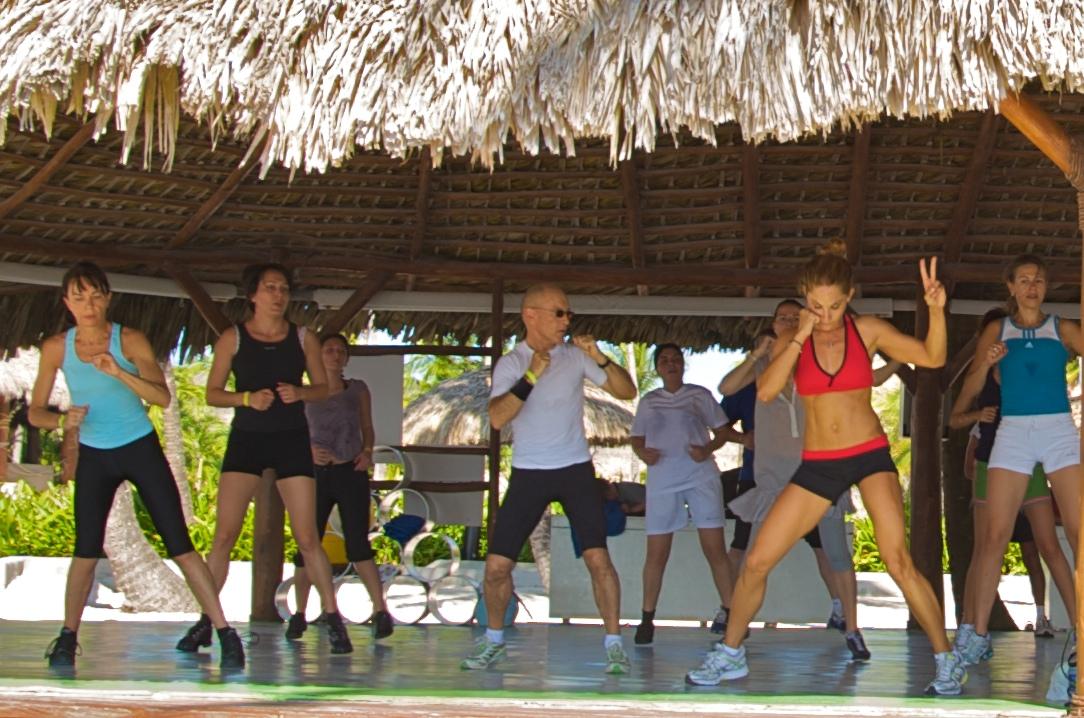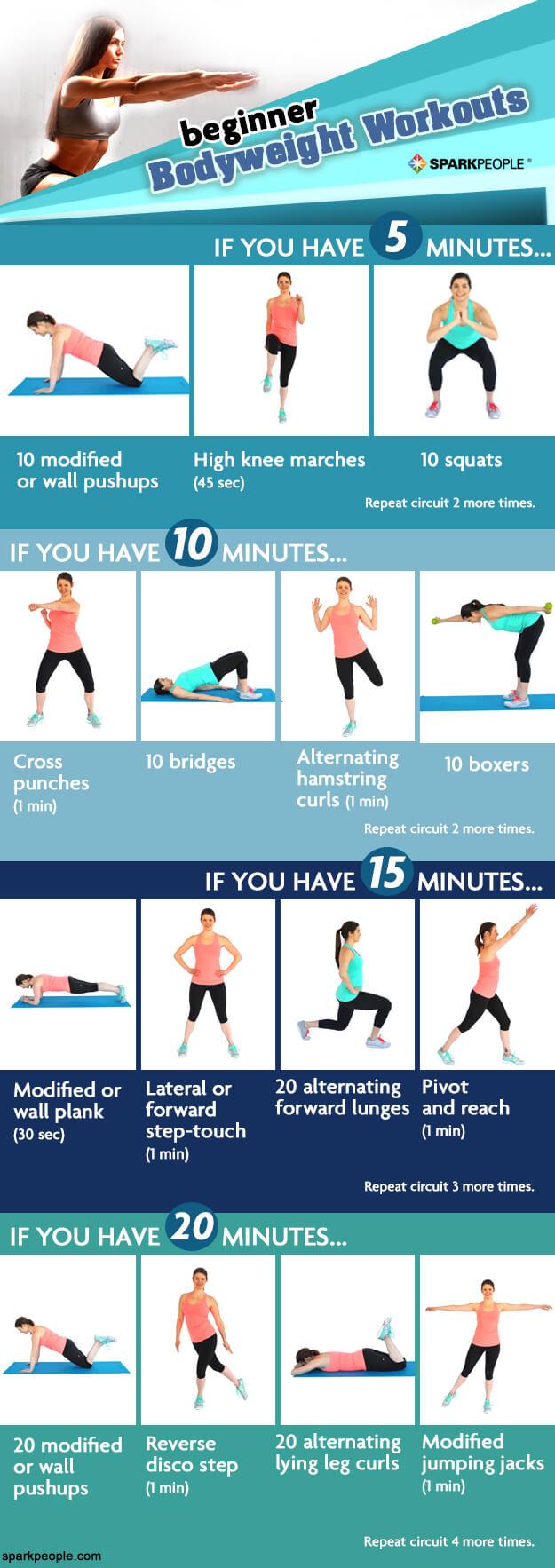In the ever-evolving world of fitness, where new trends and techniques emerge at a dizzying pace, a fundamental question remains: can the weight of your own body be the only tool you need to build muscle? Bodyweight exercises, often seen as the entry-level workout for beginners or a convenient option for those without access to a gym, have long been both celebrated and underestimated. As we delve into the nuances of muscle-building, this article explores whether these seemingly simple movements can stand toe-to-toe with their heavyweight counterparts. Through a blend of scientific insights and practical wisdom, we aim to uncover the true potential of bodyweight exercises and whether they can indeed sculpt the physique of your dreams.
The Science Behind Muscle Growth and Bodyweight Exercises
Muscle growth, or hypertrophy, is fundamentally driven by the principle of progressive overload. This involves gradually increasing the stress placed on the muscles, prompting them to adapt and grow stronger. Bodyweight exercises leverage the weight of the individual’s body to create this stress, engaging multiple muscle groups simultaneously. The science behind these exercises is rooted in their ability to enhance muscular endurance and activate stabilizer muscles, which are often neglected in traditional weightlifting. The compound movements involved in exercises like push-ups, pull-ups, and squats stimulate muscle fibers effectively, leading to strength gains and muscle growth over time.
Key factors contributing to muscle growth through bodyweight exercises include:
- Time Under Tension: Prolonged engagement of muscles increases the time they are under stress, fostering growth.
- Muscle Activation: Exercises that require balance and coordination activate more muscle fibers.
- Progression Techniques: Variations and modifications, such as increasing reps or altering angles, ensure continuous muscle challenge.
Through these mechanisms, bodyweight exercises not only support muscle hypertrophy but also promote functional strength and flexibility.

Unlocking the Potential of Calisthenics for Muscle Development
In the realm of fitness, bodyweight exercises often take center stage due to their accessibility and versatility. These exercises, collectively known as calisthenics, can indeed be powerful tools for muscle development. However, the question remains: are they sufficient on their own? The answer lies in understanding the mechanics of muscle growth. Progressive overload—the gradual increase of stress placed upon the body during exercise—is crucial for hypertrophy. While traditional weightlifting achieves this through increased resistance, calisthenics requires more creativity. By manipulating variables such as repetition speed, exercise variation, and lever length, one can effectively challenge the muscles and stimulate growth.
Consider the benefits that calisthenics brings to the table:
- Functional Strength: Enhances strength that translates into everyday movements.
- Core Stability: Engages multiple muscle groups, including the core, in every movement.
- Flexibility and Balance: Encourages improved flexibility and coordination.
- Minimal Equipment: Requires little to no equipment, making it accessible anywhere.
Incorporating advanced movements such as muscle-ups, planche, or one-arm push-ups can provide significant challenges to even seasoned athletes. Thus, while calisthenics alone may not replicate the mass-building potential of heavy weights, it offers a comprehensive and holistic approach to strength and muscle development that should not be underestimated.
Tailoring Your Bodyweight Routine for Optimal Gains
Maximizing the potential of bodyweight exercises requires a strategic approach to ensure that each session challenges your muscles effectively. Progressive overload is key; by gradually increasing the difficulty of your workouts, you can stimulate muscle growth. This can be achieved by incorporating variations that increase resistance or complexity, such as:
- Elevating your feet during push-ups to target different muscle fibers.
- Performing single-leg squats or pistol squats for greater leg strength.
- Adding explosive movements like plyometric push-ups or jump squats.
Equally important is the balance between intensity and recovery. Bodyweight routines can be tailored to include high-intensity interval training (HIIT) to boost cardiovascular health while building muscle endurance. Consistency and variety are essential to prevent plateaus; mixing up your exercises ensures all muscle groups are engaged and helps maintain motivation. By carefully planning your bodyweight routine, you can achieve significant muscle gains without the need for weights or gym equipment.

Combining Nutrition and Bodyweight Workouts for Maximum Muscle Building
While traditional weightlifting often gets the spotlight for muscle building, integrating bodyweight exercises with a strategic nutrition plan can unlock a powerhouse of gains. Bodyweight workouts, such as push-ups, pull-ups, and squats, provide functional strength and muscular endurance, leveraging the resistance of your own body to build muscle. When these exercises are combined with a diet rich in protein, healthy fats, and complex carbohydrates, the body receives the essential nutrients needed for muscle repair and growth.
- Protein Power: Ensure each meal contains a high-quality protein source, such as chicken, fish, or plant-based options like lentils and tofu.
- Complex Carbs: Fuel your workouts and recovery with whole grains, sweet potatoes, and quinoa.
- Healthy Fats: Incorporate avocados, nuts, and olive oil to support hormone production and joint health.
By focusing on the synergy between nutrition and bodyweight training, you can create a well-rounded regimen that not only enhances muscle growth but also boosts overall fitness and athletic performance. With consistency and dedication, your bodyweight routine can be just as effective as traditional weightlifting in sculpting a strong and resilient physique.
